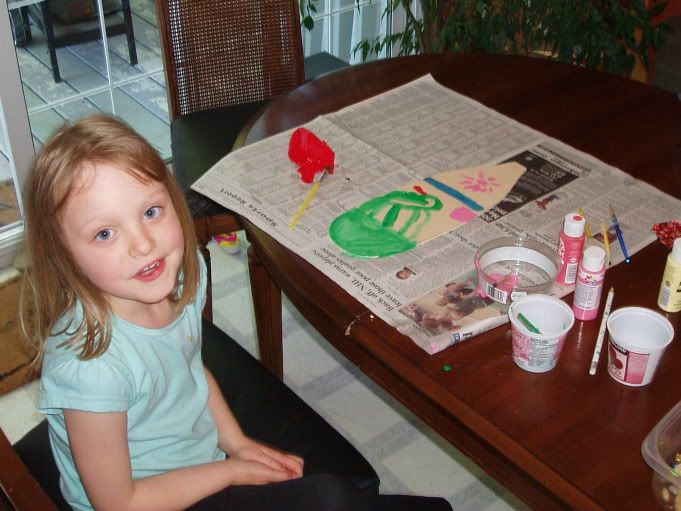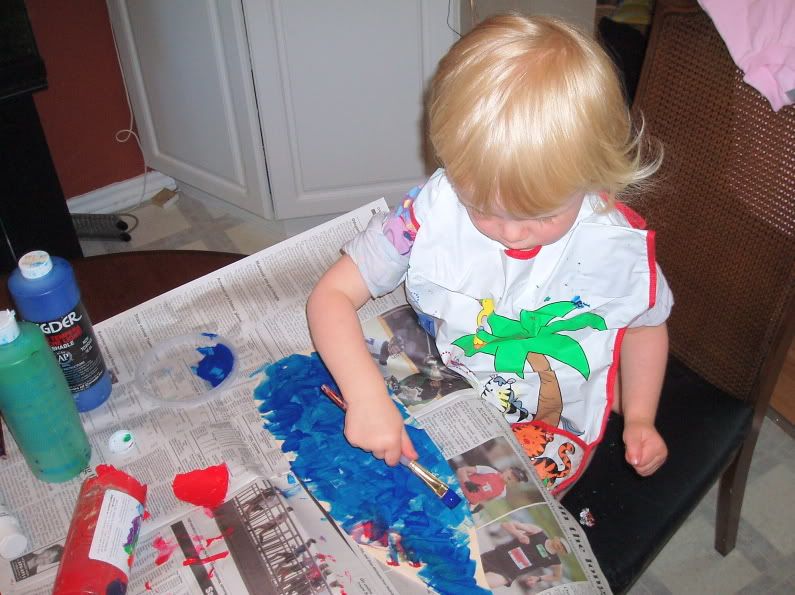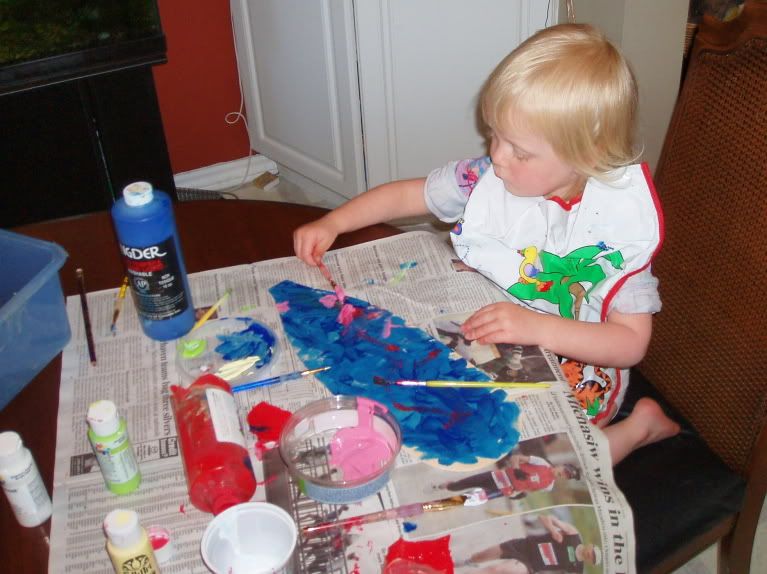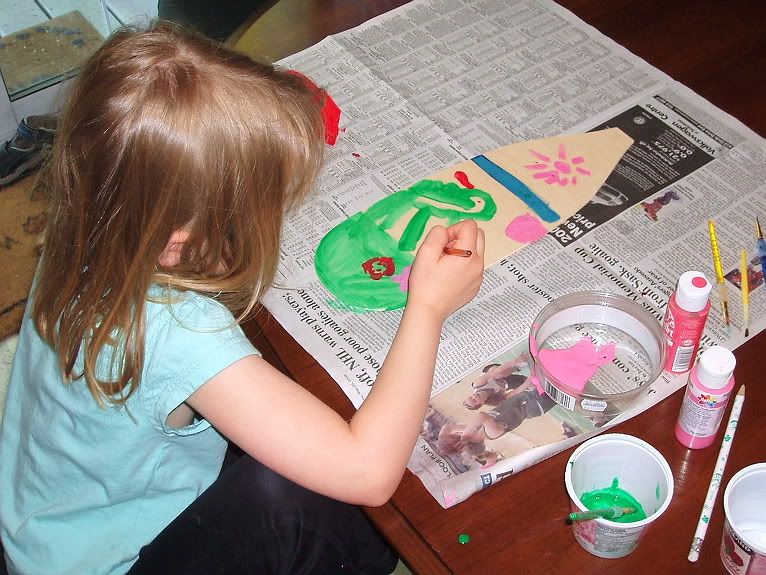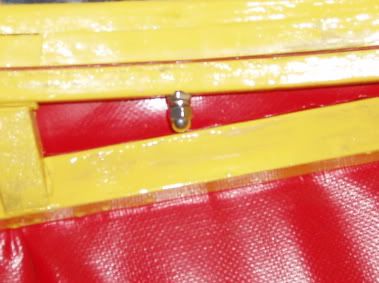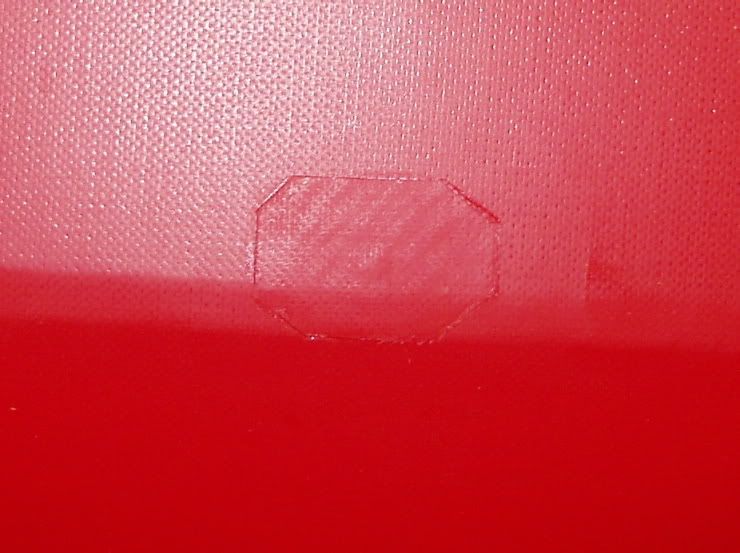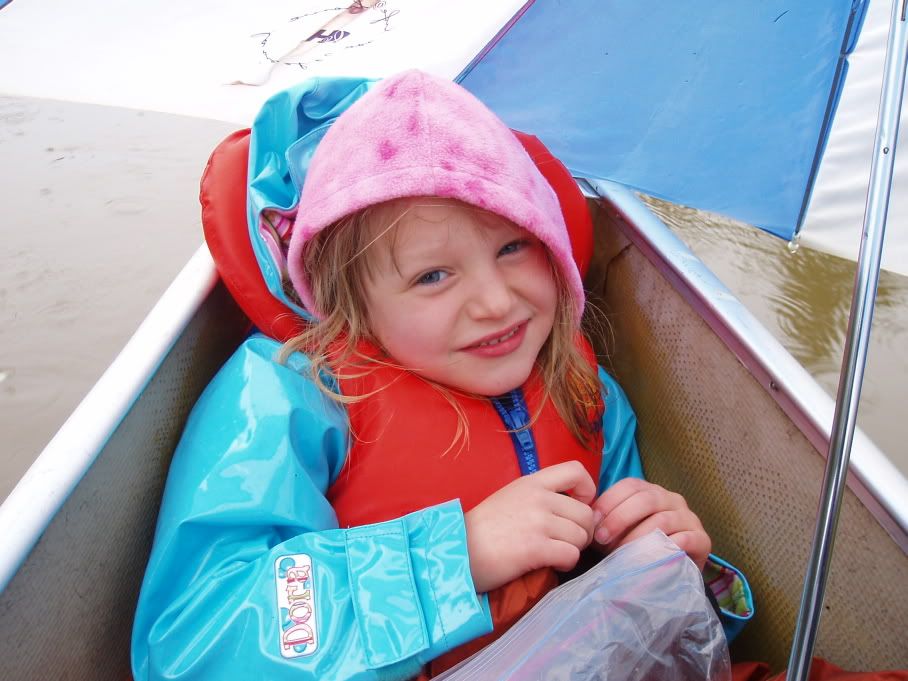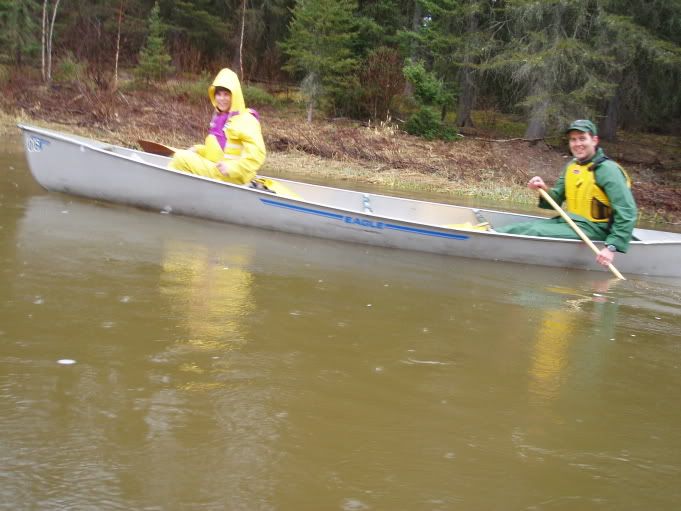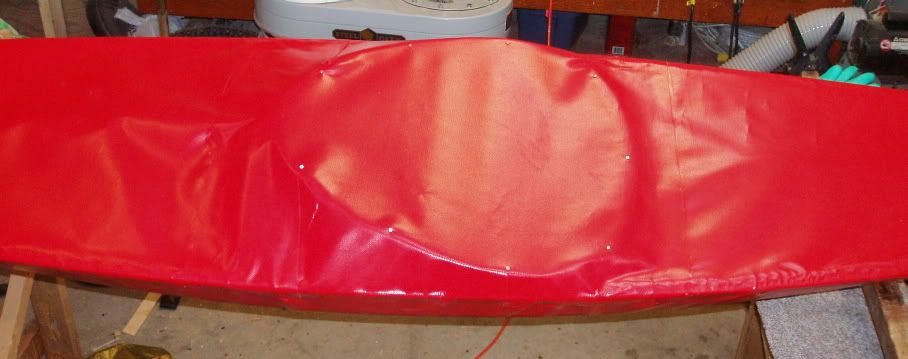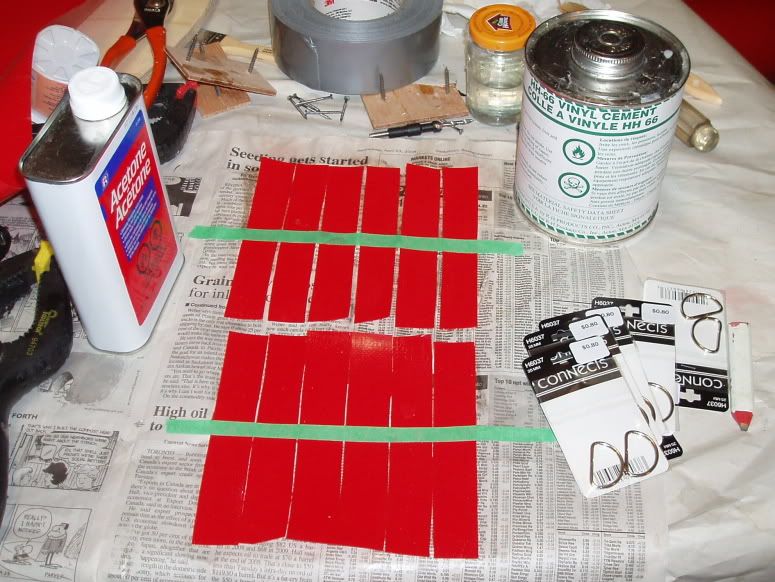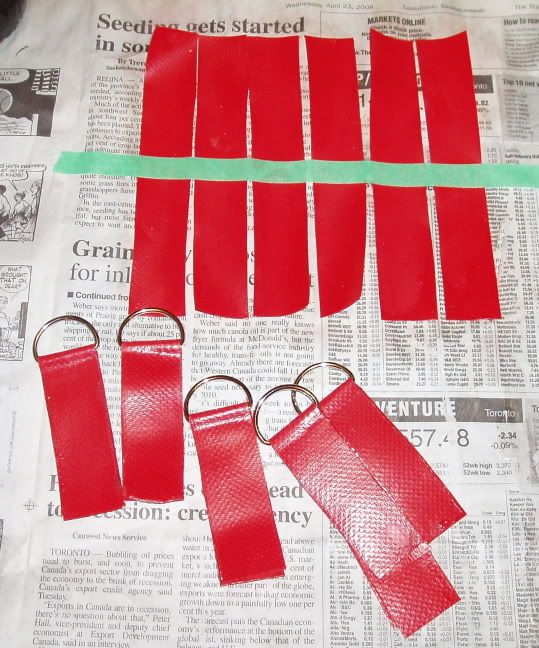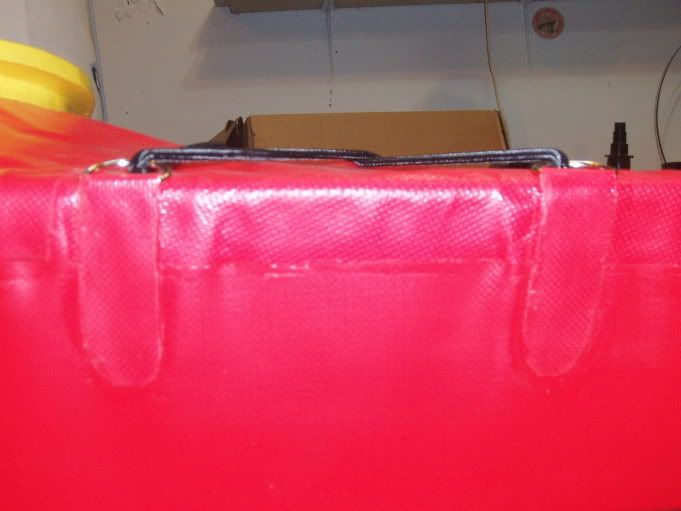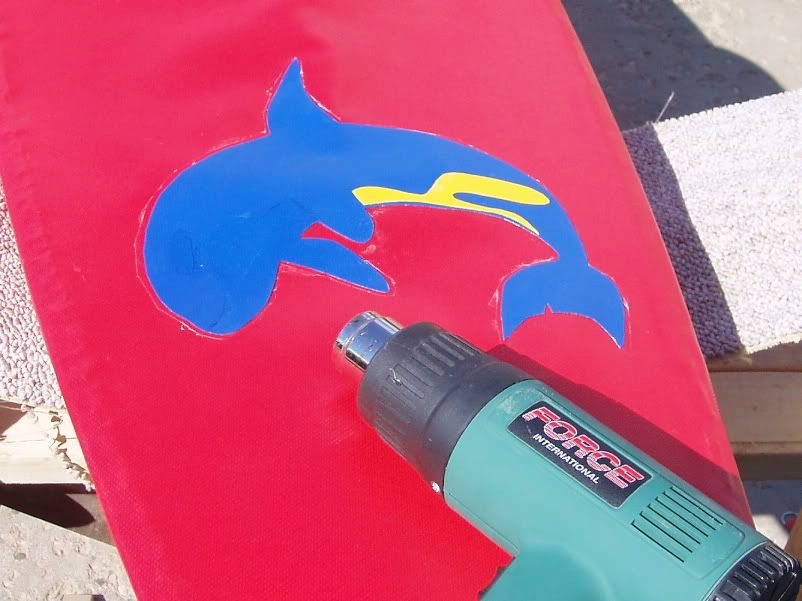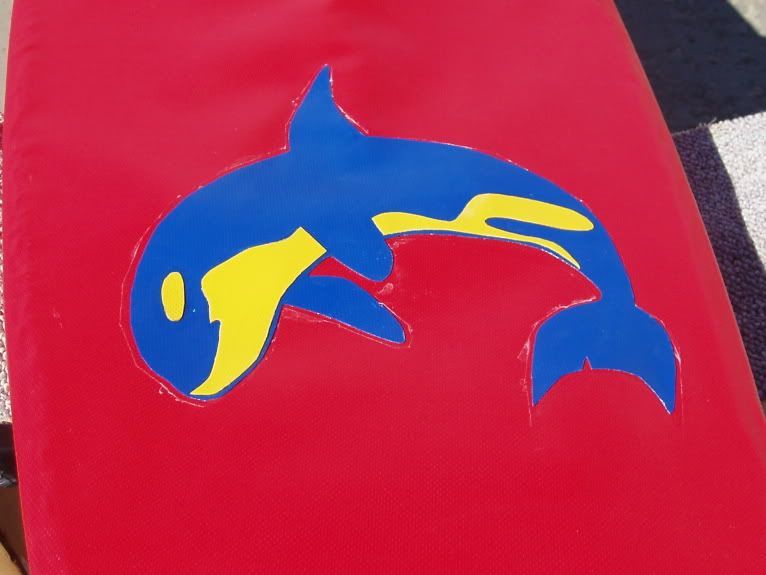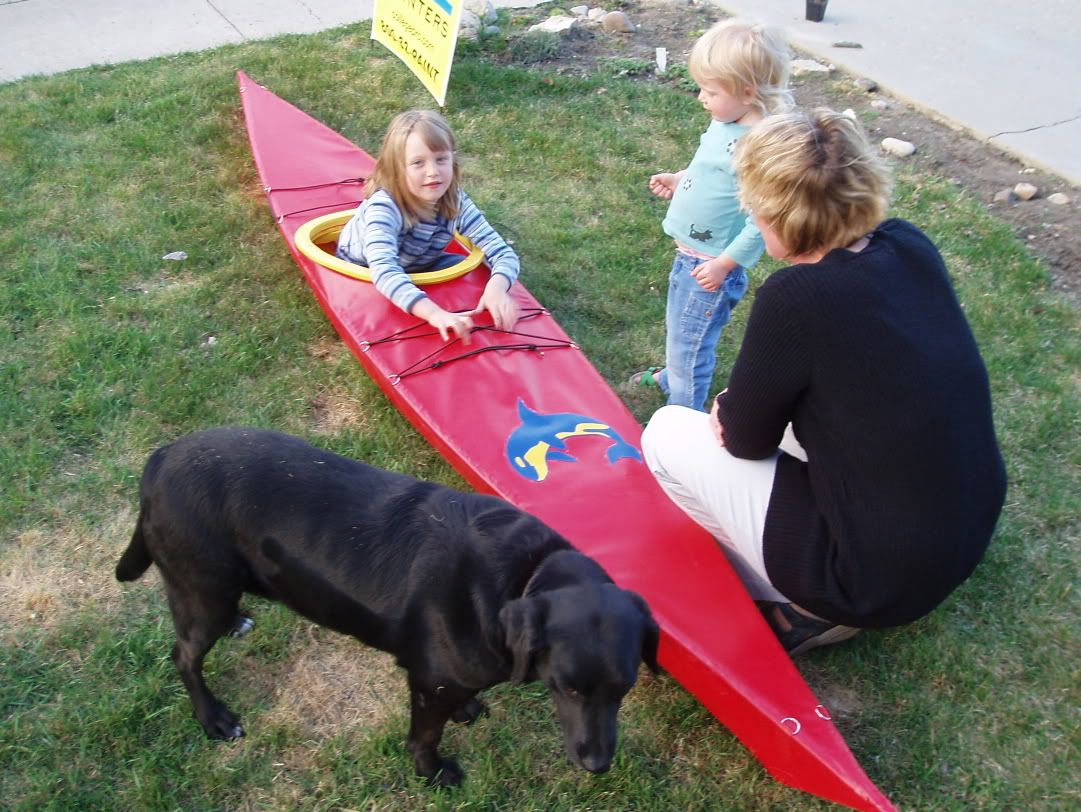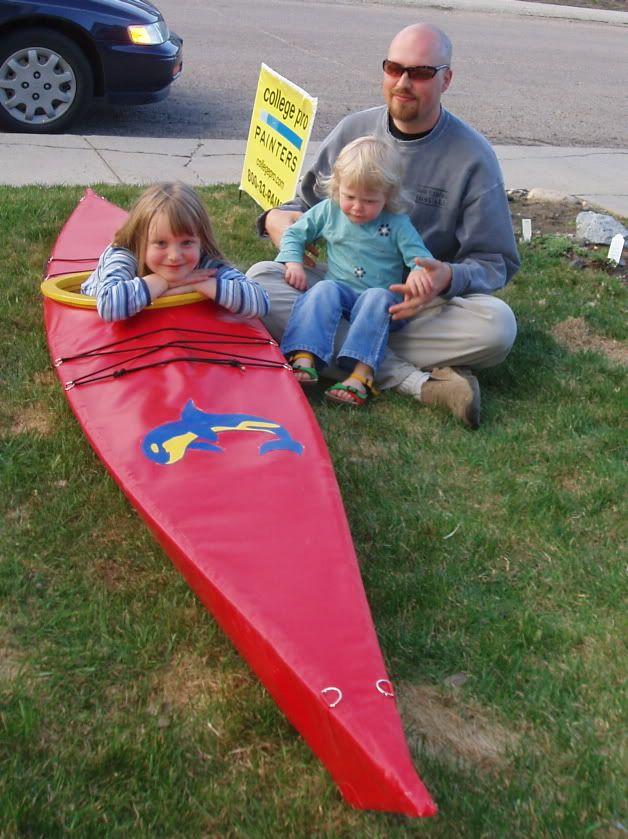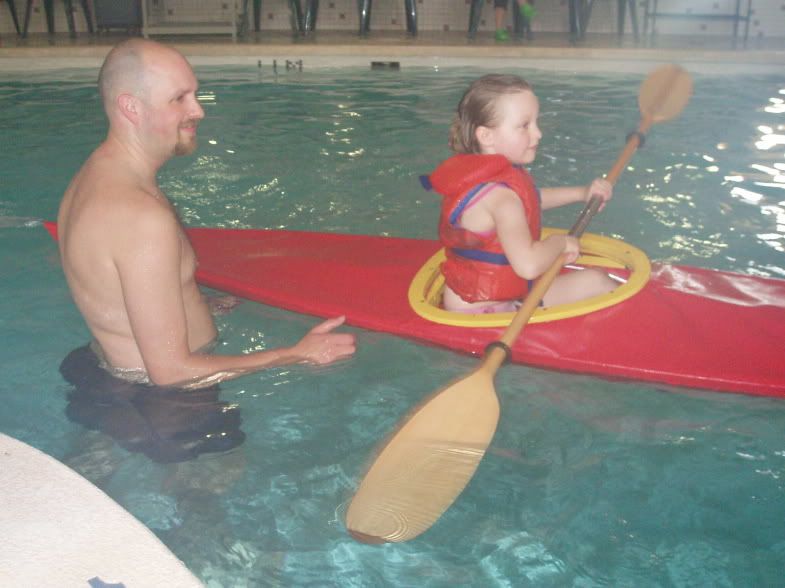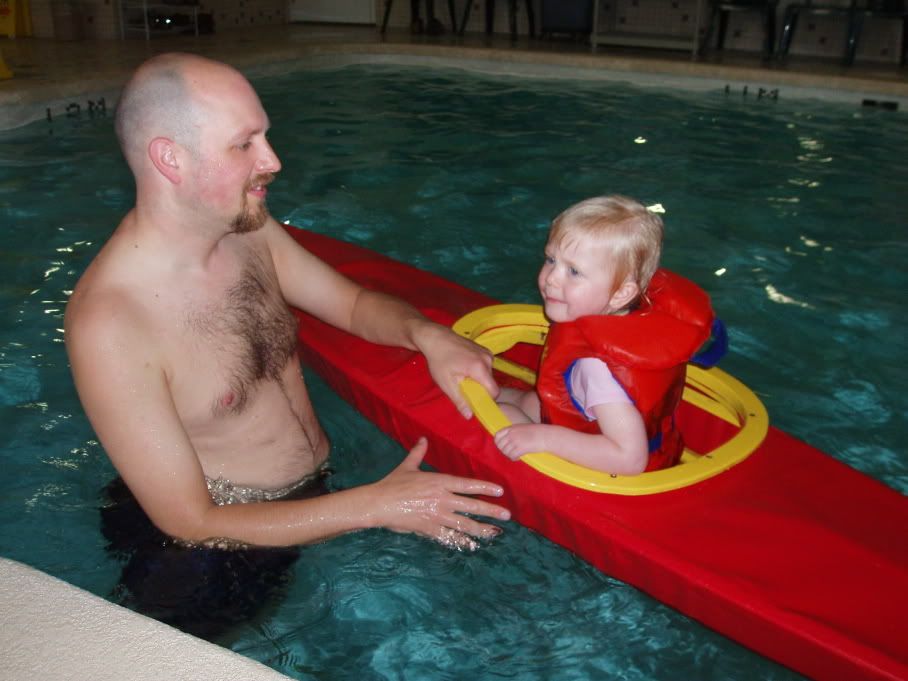
Image: Illustrated frames from an animated film from Auryn, “In Winter Still” directed by Umesh Shukla in the Claude Monet style using specially designed software to tell a moral tale for children.
Design and Media: Producing Meaning for SocietyDesign as actively is entering every field of human endeavor, or it soon will and the media is discovering it in India as it explodes into our homes and work-places like never before. Simultaneously, all other fields are looking at design with an active interest through numerous new initiatives, and this includes the fields of production of illustration, still image photography, motion pictures & animation for the TV and live action cinema industry in India. Now an even broader arena of moving images that communicate is emerging through our cell phones and digi-pods that we carry around with us all the time, not to mention the browser based flash animations and quicktime productions that has brought the individual from the street, so to speak, to become a producer of these images, and not just a consumer, thanks to Youtube, Flickr, and a host of social networking sites and discussion platforms that dot the internet today..
The media is exploding all around us and the digital wave is aiding the convergence of many distinct media types on a borderless space, which I had talked about on my previous outing with the media moguls at NID. At the conference at NID on 10th December 1999, on the topic of Emerging Media, I had presented a paper titled “Niche Programming: Narrowcasting the Internet”. The TV celebrity, Vikram Chandra, then from Star Network News (now with the NDTV) and a speaker at the conference, whispered into my ears, “Professor, do you really think all this is going to happen soon?” my reply was in the affirmative, and now he is himself heading the web initiative for the NDTV, besides continuing to anchor many news and special interest programmes for broadcast TV in India.
The media is moving from analog to digital and in the process opening up many new opportunities for design interventions both at the professional as well as the level of the am-admi (the man in the street) as we say in India. News and stock market programmes use ticker tapes to provide dynamic data on call and the set top boxes and direct to home offer to blur the distinction between TV and internet, telephone and music videos, besides those new channels of delivery which we are yet to dream of just now. I now have all the options available at my home on the NID campus with telephone, and broadband internet competing for time with the cable network, direct to home satellite TV and radio and the daily newspaper and occasional magazine providing the icing on the media cake that I consume on a daily basis. My stock market investment and my staying in touch with my subject all require the use of these media sources in a selective manner to meet my professional and everyday need. My family too need these resources and in some cases we have simultaneous feeds from multiple sources necessitating multiple access points which are now the order of the day. Multiplicity of media and of demand has triggered a spiral of opportiunities for design interventions since those who wish to reach us are realizing that we have choices and that the remote button will be used unless
Design as a capability lies at the cusp of the manifestation of dreams and intentions in this powerful and lucrative media space, and it is beginning to take centre stage from both art and science, let me explain. While new media was technology driven and experimental cinema was propelled by art and science expressions and research, all these are taking a backseat to the commercial and intentional capabilities of design that can marry both art and science in commercially and socially desirable ways. Of course, our artists will continue to give us their critical perspectives on our life and our times and our scientists on the other hand will continue to search for new truths, while design will learn to use these to communicate and to tell stories in new and increasingly effective ways. In the final analysis it is the compelling presence of the message in a particular context that makes these offerings so effective and necessary.

Image: Media clips from the scrap book on Indian designer Rajiv Sethi
For instance, new opportunities for powerful expressions exist in the reconstructions of major news driven events, from bank heists to public executions, celebrity cavalcade routes to sports analysis tools (cricket – tennis – swimming….stop action, motion capture and display tools, to name just a few possibilities) to the capture of the spread of fire on the oil rig and the 9/11 type reconstructions for the evening news, all of which are designed offerings, across many competing media, all the time, OK 24x7….Illustration, live action, animation and storytelling, interviews providing facts and expressive fiction with hyper-reality in TV space, all use design capabilities. After an effective entry into the TV space we now see design literally invading Bollywood, Tollywood and our Southern bastions of cinema, the biggest in the world. Hollywood and the West, by the way, is already taken, witness Saul Bass, the famous Graphic Designer of the 70’s and the big budget design promos and trailers for all major offerings from the West, design is an integral part of that offering. This assault is not restricted to production design, costumes and pre-release advertising, but is extending to visual scripting, storyboarding and direction, and in other instances to special effects and animations for stunts, special equipment and props, the Bond cars and gadgets and Free Willie the whale, software for compositing and new business models for the delivery of media content through all available and competing channels, the opportunities are growing exponentially.
From my vantage as a design teacher at NID I see many of our alumni entering the moving picture space through a variety of opportunities that are opening up for trained designers. A quick online query on the “designindia” discussion list has shown very interesting convergences of many design specialists heading for these media opportunities, at a very high level of performance, located in Hyderabad and Mumbai, Dubai and Hong Kong. TV advertising and documentary production used to be the traditional spaces for design and designer action, but now it is being extended to feature films and animations, as the industry gets organized and broader at the base. Product, Furniture and Exhibition designers are working on production design in the TV and film industry. Textile and Apparel designers in costumes and Graphic designers in Art Direction and storyboarding and our Animators are expanding their reach from the short comics and single concept films to feature length stories and documentaries for global partners, special effects and a combination of live and animated offerings. There is a lot of creative trespassing going on here, since digital tools have lowered the entry barrier and the inherent core design skills of visualization and synthesis, capabilities of all designers can now be mobilized through the common sets of software skills that cut across many design disciplines today.

Image: Web site snapshot from Corcoise Films Pvt Ltd with showreel links from ace designer Prasoon Pandey
Design visualization skills are being sought after by both advertising and feature film makers to create expressive visual storyboards that can bring a whole creative and production team up to steam very quickly on the intentions of the producers and directors, and the cost saving and effectiveness of this tool is very convincing indeed. Converting a verbal script into a visual storyboard is not just an artistic interpretation of the record but it would include key decisions such as the selection of locations and frame angles that are viable and effective for the actors and stunt scenes, give cues for costumes, sets and trolley and camera movements, a right-hand support for the director-producer, who would take the final decision call in all cases. Surely this requires more designerly capabilities, both cognitive and effective capabilities, than just the skill of good drawing. Understanding structure and form as a composite whole in the production of meaning is central to the effectiveness of the exercise.
The design intention would be to tell a story in the most effective manner, which would suit the particular context and the occasion. Story telling in culture contributes to the expressions of that culture and Gilles Fauconnier’s, concepts of conceptual blends and fields, provides us tools for the creation of new structures for storytelling and games design. This is in a way similar to the masterful analysis by Levi Strauss when he de-coded the myths of many tribal communities and showed us the similarities and differences, the symmetries and dualities inherent in these myths. Today NID animators and game designers are exploring the use of these structural diagrams, models and scenarios, that can capture the core of a virtual landscape to help maintain continuity in the fictional characters in an equally fictional spaces that they inhabit. A formulae that is successful will be revisited by many with new forms of expression while the underlying structure is faithfully replicated, the Ram Lila being revisited in all our villages across that land, each in its own regional variant, as a case in point.
Raw & the Cooked, structuralist stories and myths from Claude Levi Straus, demonstrate that stories have structure and that stories have form. The great Bollywood imitations of the Hollywood movies, adopts the structure and customizes the form to suit the local context. The Bollywood movies that imitate its own success formulaes, all in new forms and with new players or actors, dubbed in language and with new songs …… many possibilities, hundreds of offerings each day, round the year. Many aspects that are copied are action sequences and interesting structural relationships and these can be easily managed in the digital form, by the use of templates, like in PowerPoint presentation made by managers, but effective in the hands of a master storyteller. The new digital form of entertainment can have mix and match (like fashion street) and offer many possibilities, using the same successful formulae each time in a new way. With the use of motion capture and digital models used for the generation of the story and using a range of optional actors, all digital models that perform to the script and motion capture sequences that are computer mediated, a new masala mix in cinema is possible. Jackie Chan being replaced by Amitabh Bachan, or Chun win Fat, whoever that may be, depending on the audience, a new form of visual translation for the 24x7 world of localized TV content, mix and match, direct to home? All new opportunities that is just now at the horizon but soon inside our homes, for sure. These can be designed and delivered with imagination and great power when it is handled well.
Very soon we can imagine and expect to see content of the great cultures being reinterpreted in the media by audience choice, as in text being converted to image in the comic books and moving image with action sequences and music videos, just as text is converted to voice with the now effective text to speech software programmes. As we understand structure better and figure out new forms of expression, we will or can have automated stories on call, with actors of our choice and with twists and turns as dictated by the viewer, a totally non-linear offering. These are already here with us in the form of the digital games that children and adults play all day, offline as well as offline in great multi-player environments that unfold as the game progresses, never to be repeated in the storytelling traditions of yore. This emergent form is like the video game and the child and playing adult are actually manipulating the course of the story with dynamic animations and with deep immersion in the game play all the time. These interactive games hold the seeds of a new genre of interactive cinema that will be upon us through our cell phones and our other media access devices, very soon indeed. The “Cell phone cinema” of low-resolution storytelling, and home movie editing, the Indian MMS craze. Wapp, rapp and zapp, Bluetooth dating and digital flirting, are all here to stay. Some of these will be used to sell us credit cards and insurance, or toothpaste and adhesives, or entertain us round the clock, online, offline, at home and elsewhere.
"Design and Moving Image: Let the Twain Meet", was the title of my “Cut Here” paper of 2005. Design as we know it today is unfolding to new levels of understanding from which it can help us communicate both the trivial and the profound, and our value systems will dictate how we will eventually use these capabilities for a sustainable future. When the world is shrinking and as Mike Davis tells us, it is becoming a global slum, we need to use the media to address these dimensions like never before, and in my view the effective communicator with leadership qualities is the challenge of the day. Design at this level is very political indeed. Designers need to learn about politics or our politicians will need to learn to use design a whole lot better. I wonder which one will come first.
Based on paper for “Cut Here” Journal of NID, August 2005 and revised in May 2008.
Download pdf file 68 kb from here.Download the copy of the journal
"Cut Here" issue No 4 pdf file 2.94 mb







